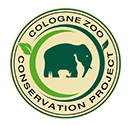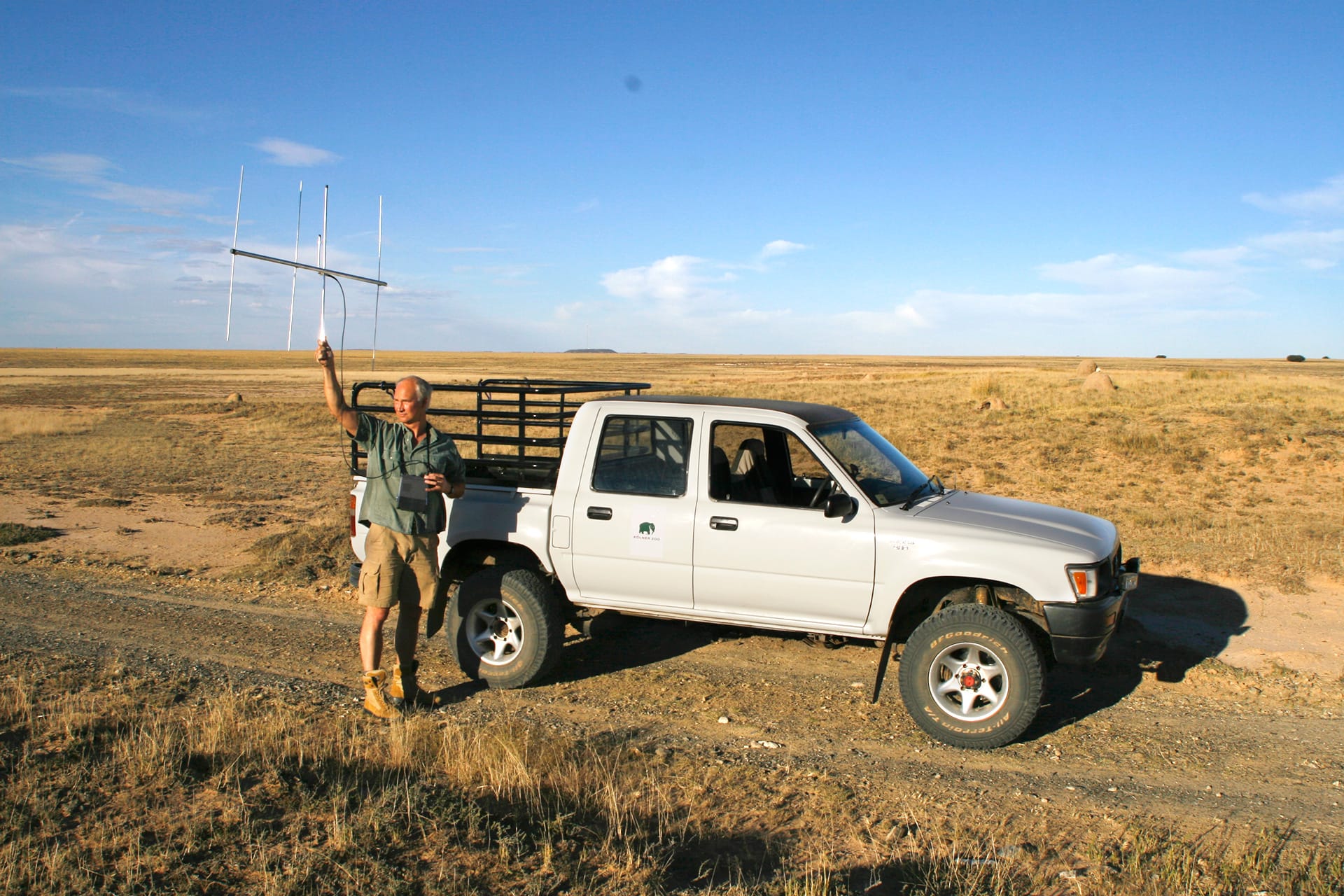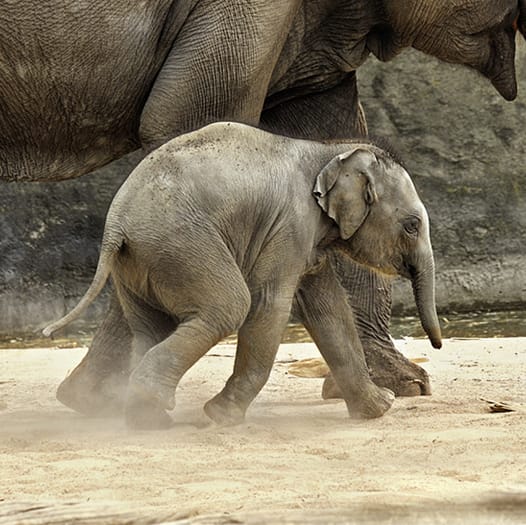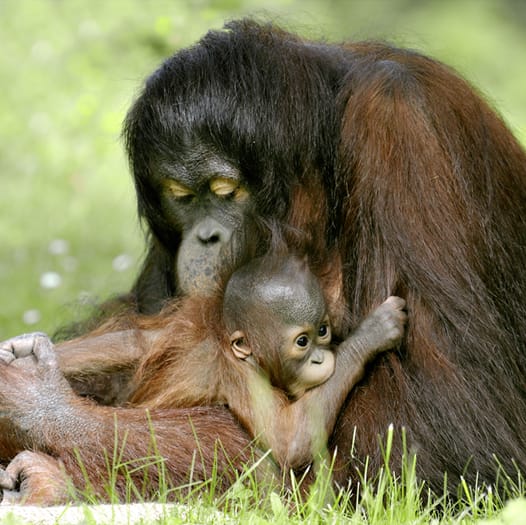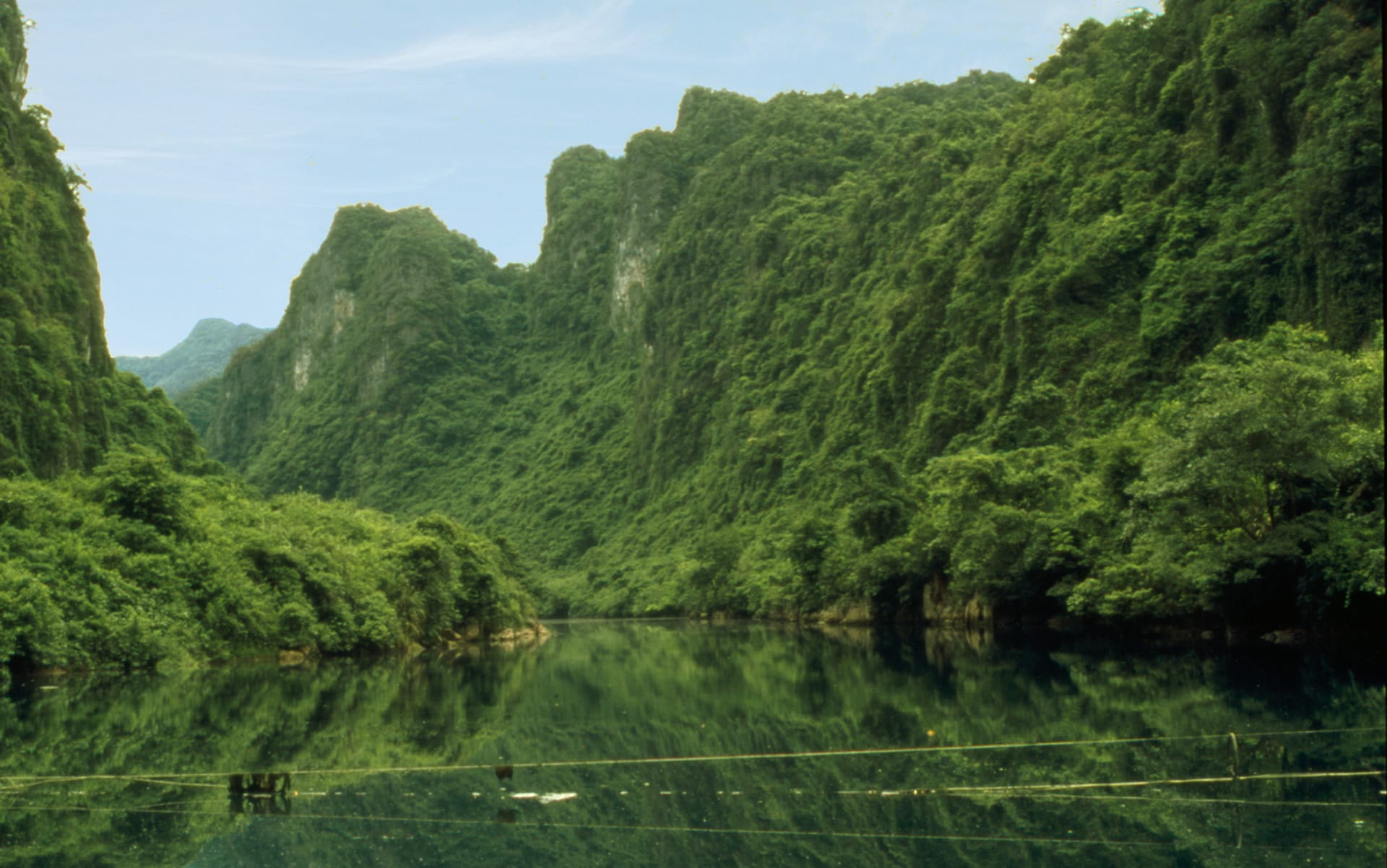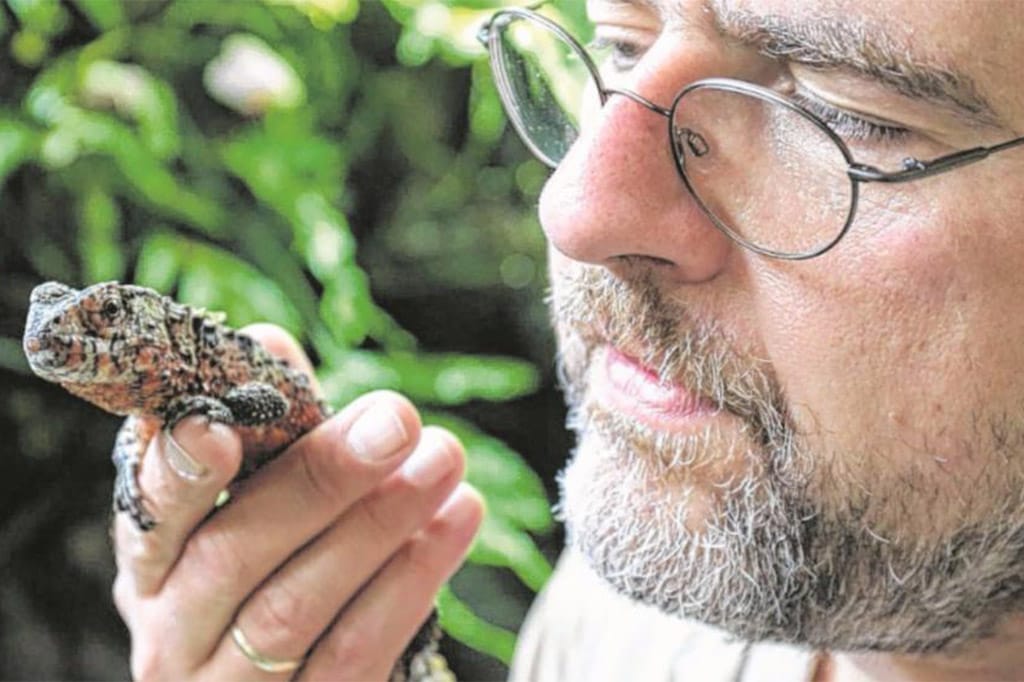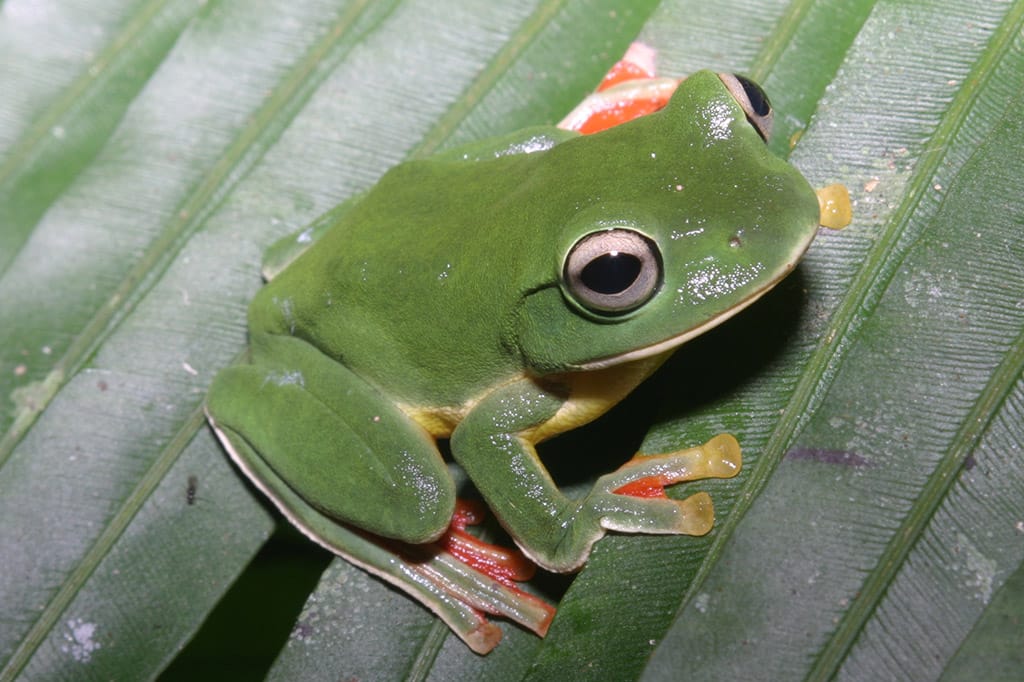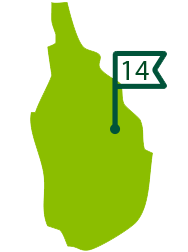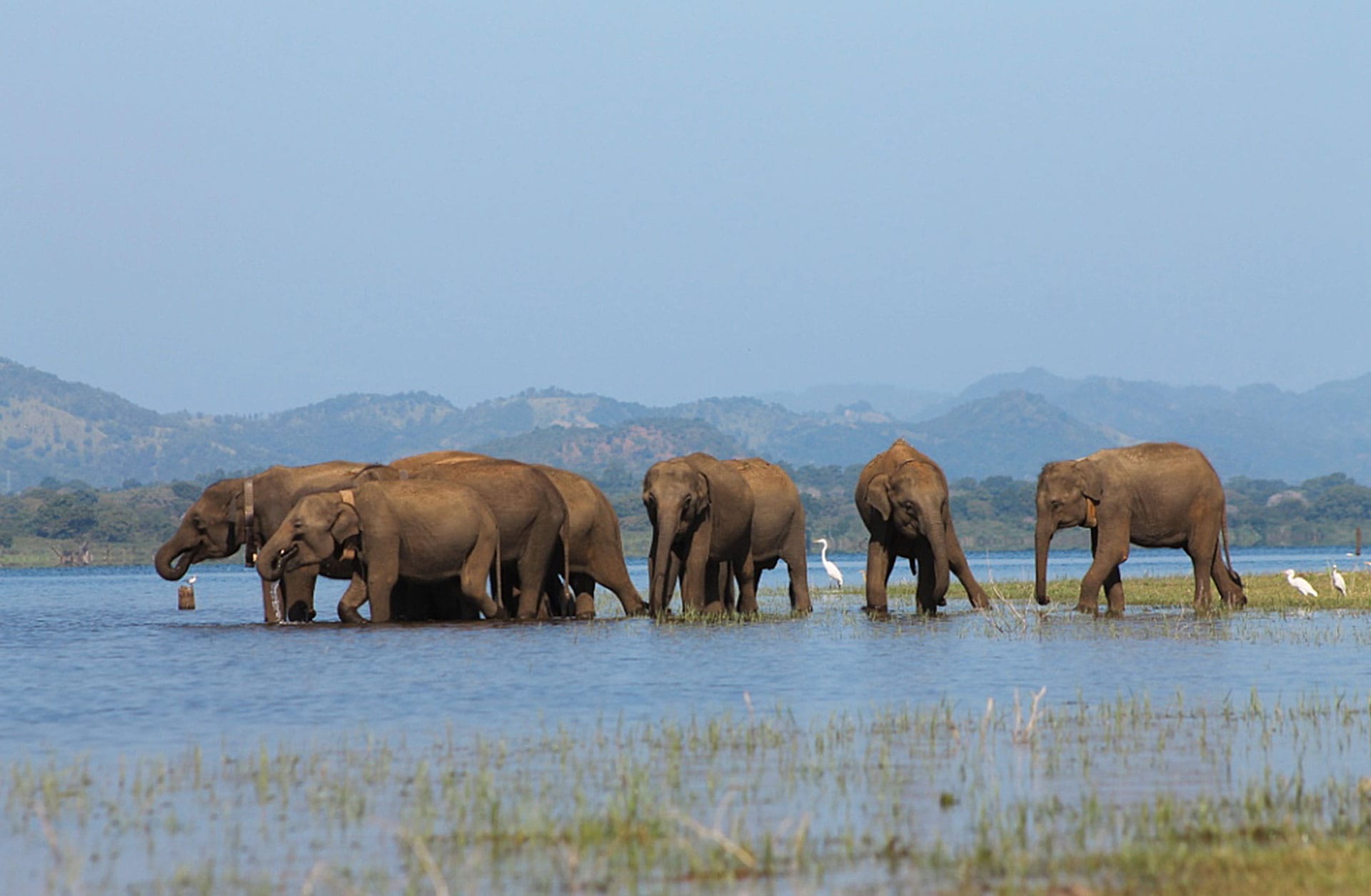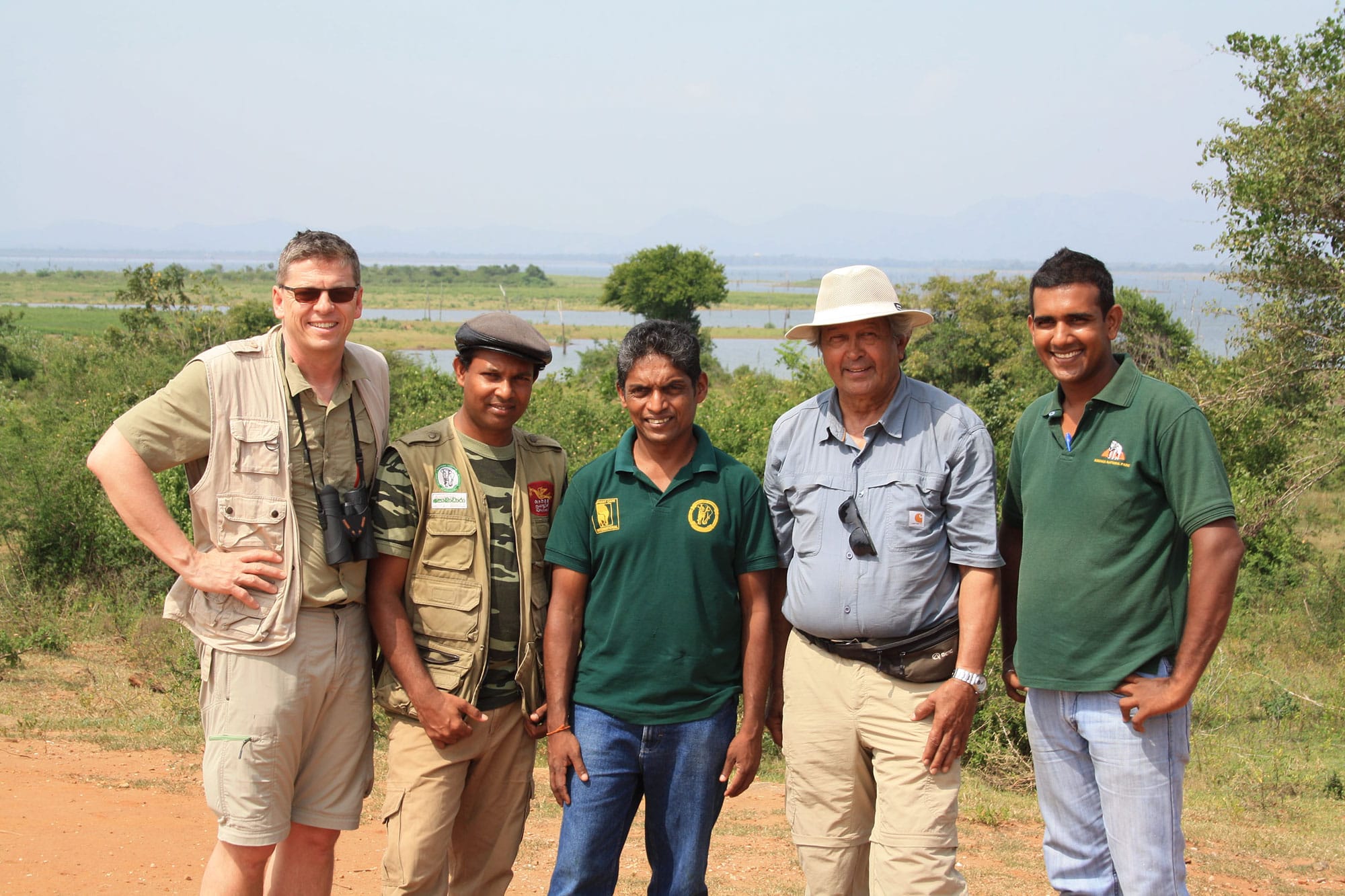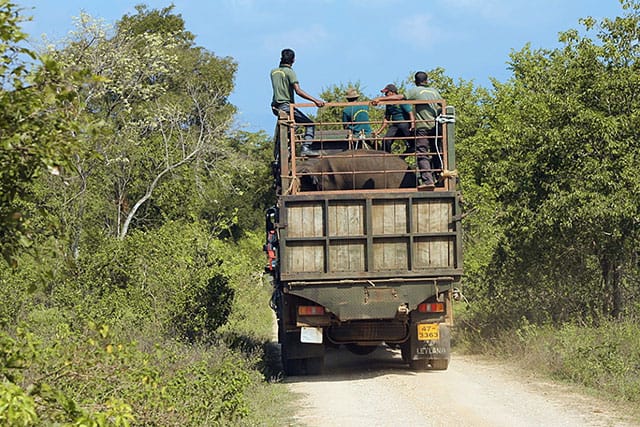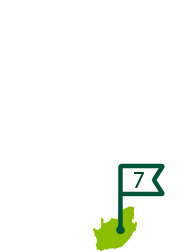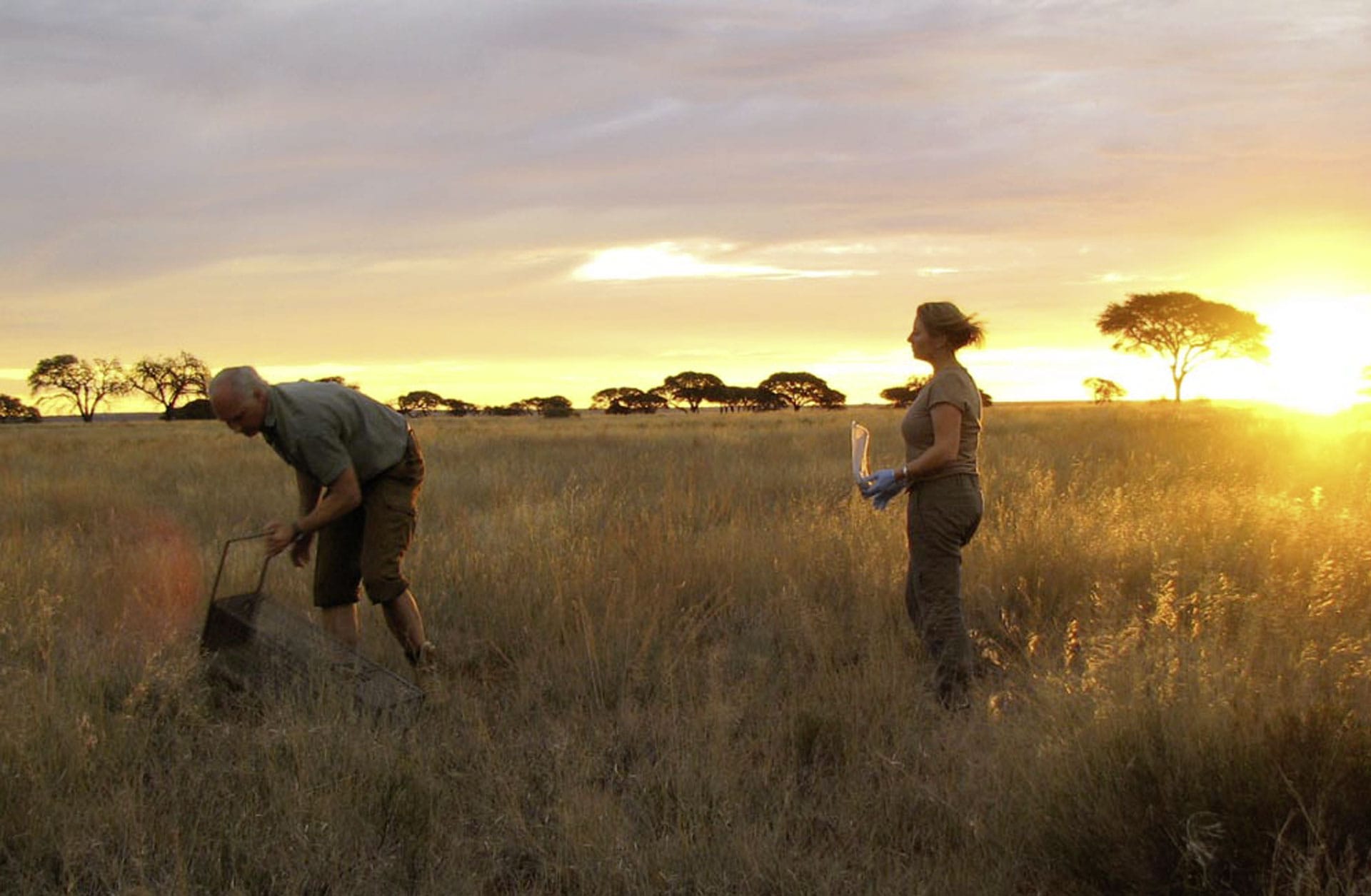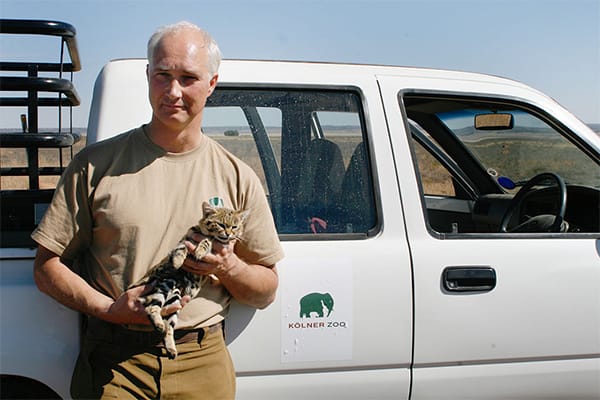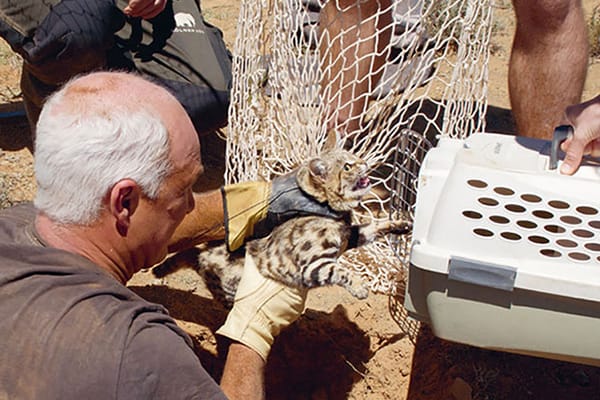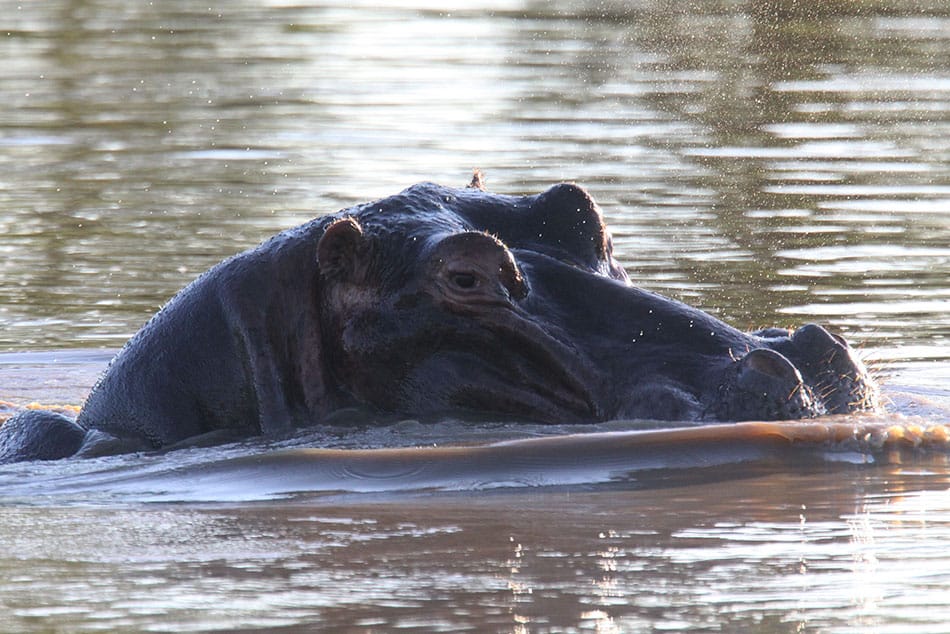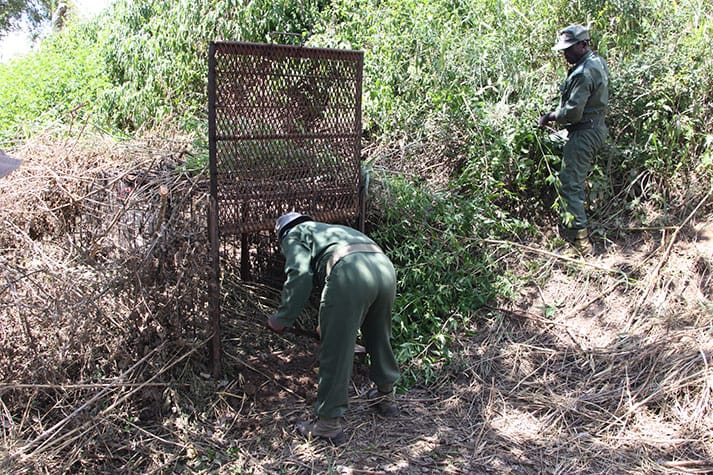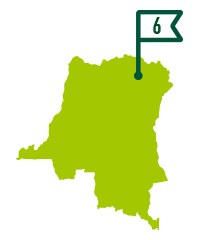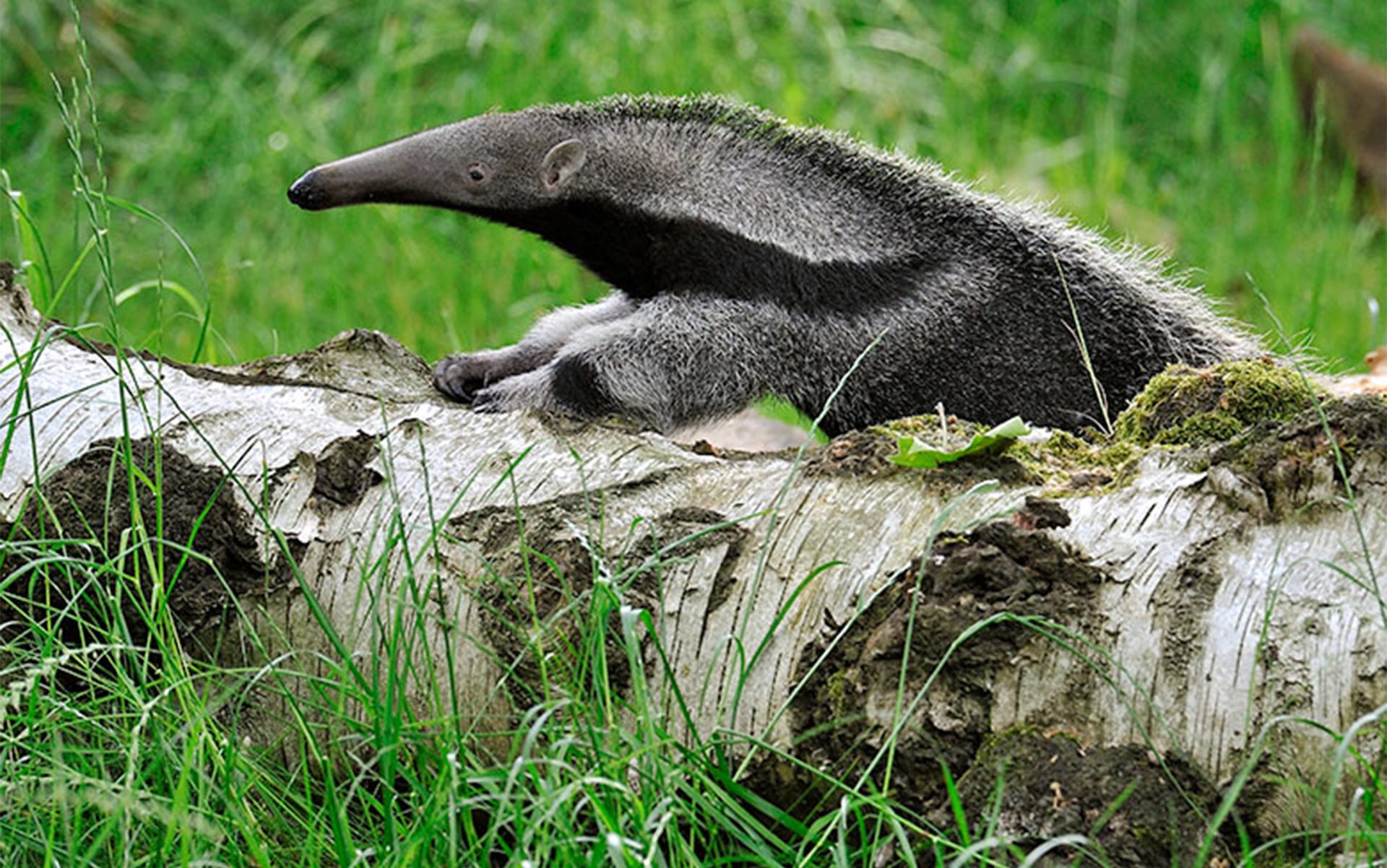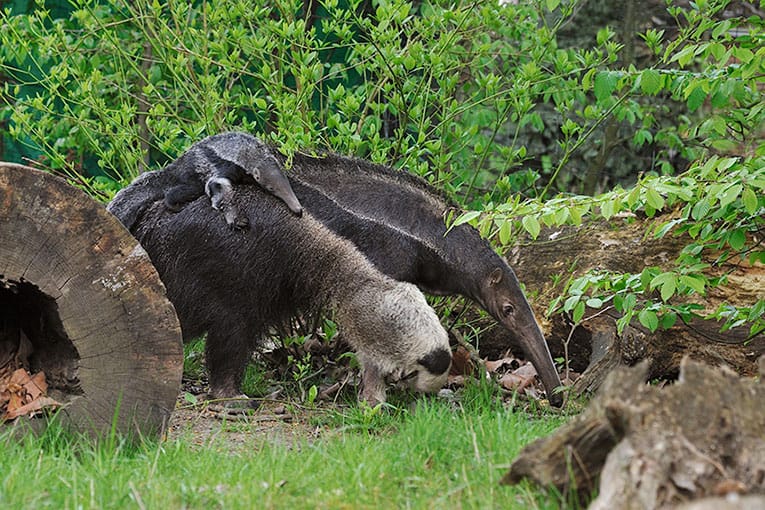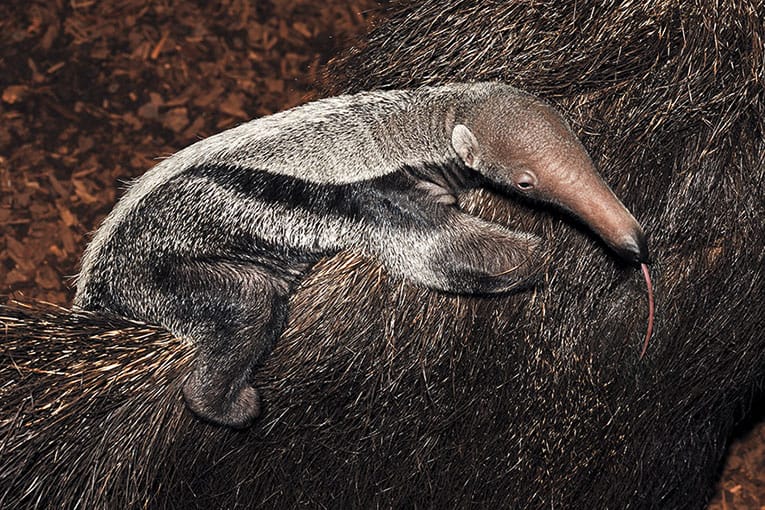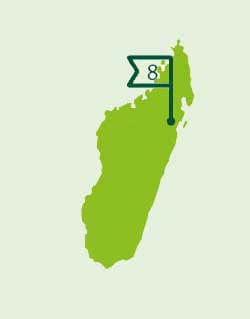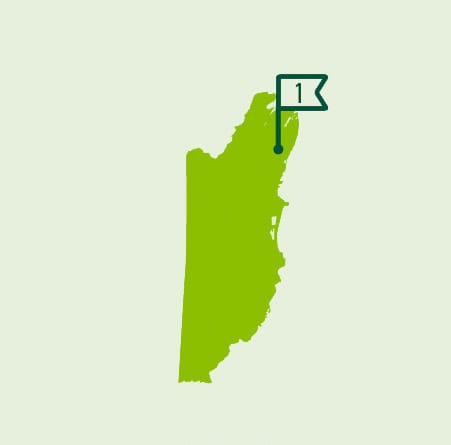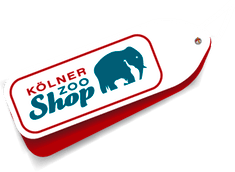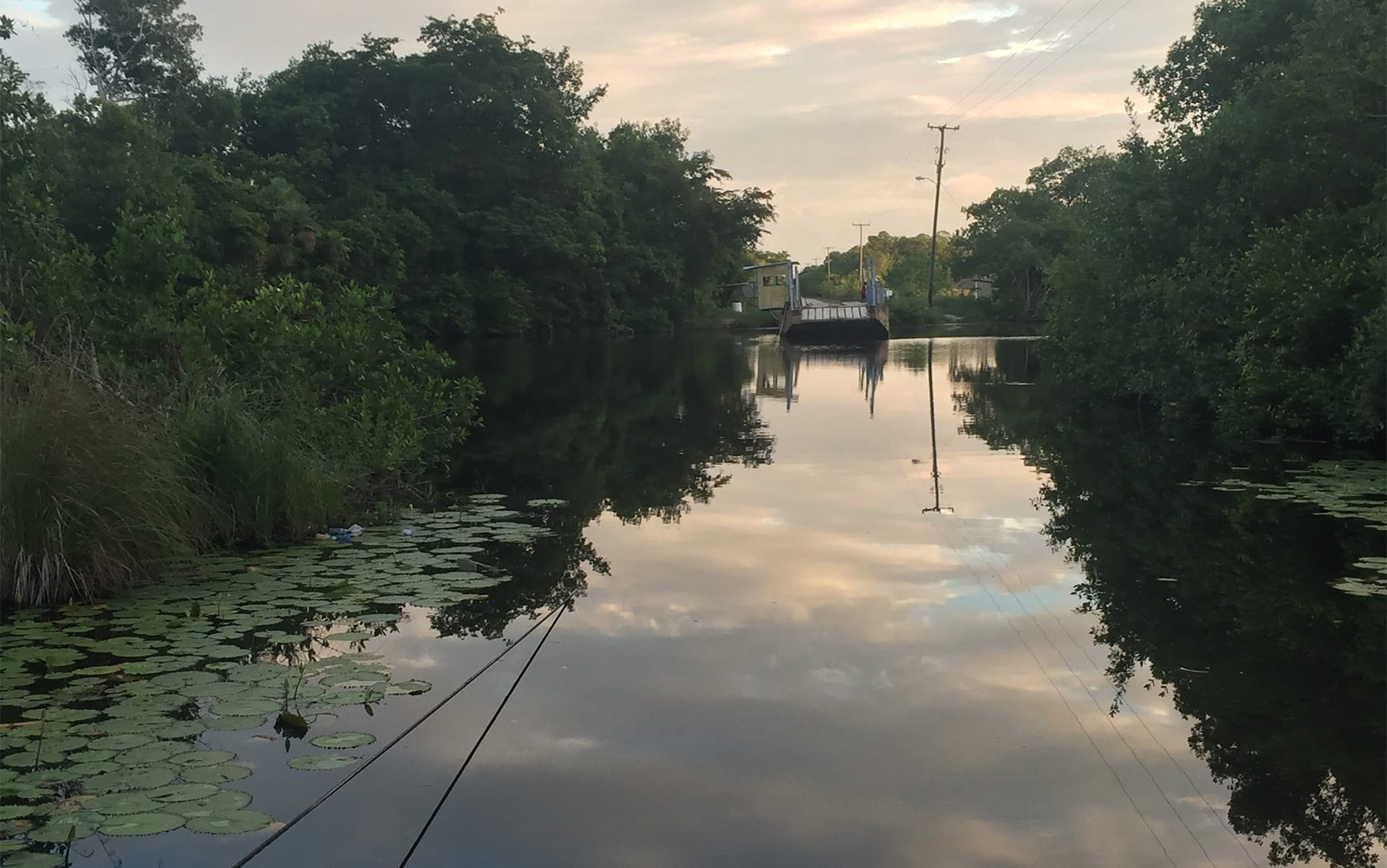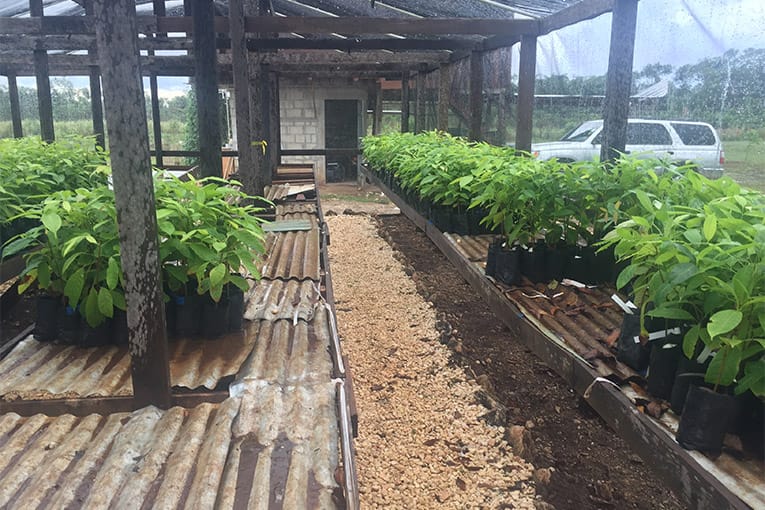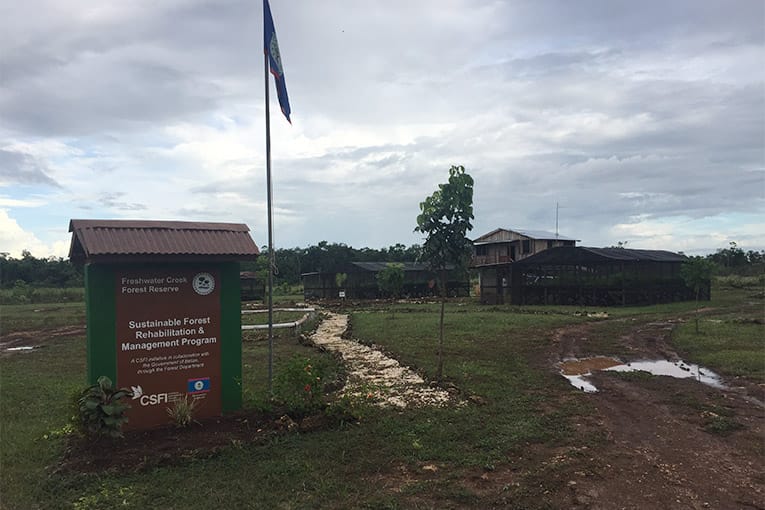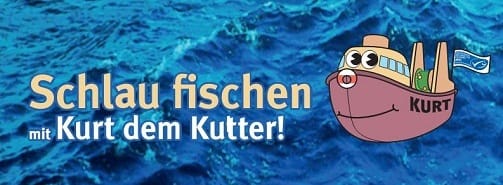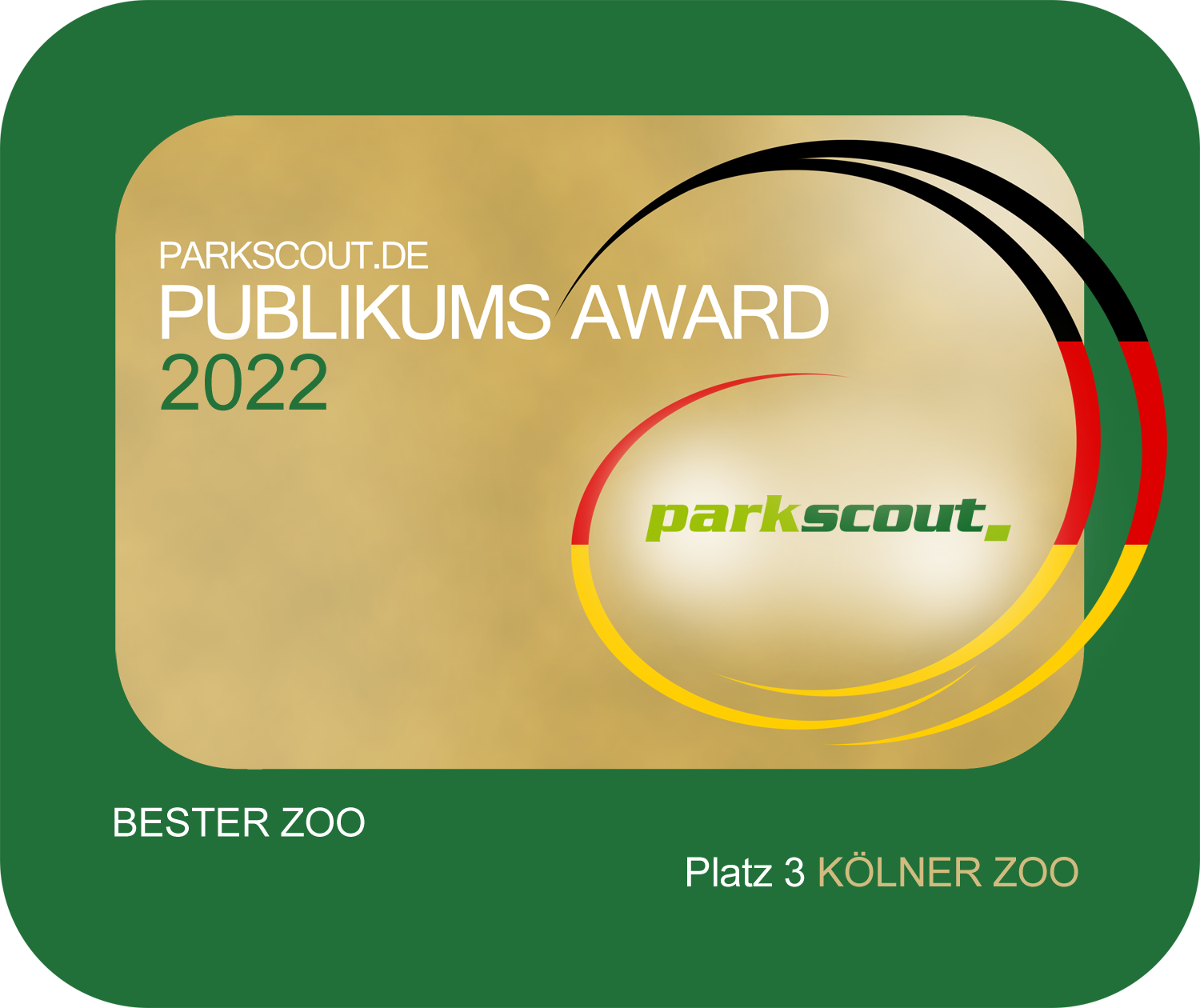Cologne Zoo’s Engagement
We manage a number of projects on our own. And we support partner organisations for other projects with our expertise and financial resources. We combine every new major construction project at the zoo with a related natural conservation project.
Our work
Between 2009 and 2023 alone, we were abler to donate around 2.6 Mio. euro for wildlife conservation with grants for various projects. We also strongly promote wildlife conservation locally in the Rhineland area, cooperating with local organisations such as NABU Cologne..
As a scientific zoo, we fulfil numerous tasks. On the one hand, we are an attractive location that combines entertainment, fun, relaxation and education. And on the other hand, we are aware of the problems that wildlife face and have therefore become an important global player in nature and wildlife conservation initiatives in recent years. We effectively coordinate our actions and initiatives through national associations such as the Association of Zoological Gardens (VdZ) and internationally active and networked organisations such as the European Zoo Association (EAZA) and the World Association of Zoos (WAZA)..
Breeding and research
Our work focus on breeding endangered species under conditions appropriate to their species. As part of this, we coordinate breeding programmes and maintain breeding registers worldwide for more than 1,000 different species. Nearly half of the species we manage this way are listed as “endangered” on the International Union for Conservation of Nature’s (IUCN) Red List. The goal is to provide genetically variable and viable wildlife stocks and prepare animals for release into the wild if possible.
The zoo’s engagement here has kept species such as the European bison, California condors, balistars, Przewalski's horses and sable antelopes from extinction. We are also active in research and collaborate with the University of Cologne and other research institutions. Much of the knowledge about wildlife comes from research on such animals that are in human care. We would know much less about animal biology today not only in zoos but in the wild without such engagement..
- 1 BIOTOPHY PROTECTION / Belize
- 2 GIANT ANTEATER / Brazil
- 3 HUMAN-ANIMAL CONFLICTS / Eswatini
- 4 AMPHIBIAN PROTECTION / Germany
- 5 OKAPIS / Congo
- 6GORILLAS AND BONOBOS / Congo
- 7BLACK FOOT CAT / South Africa
- 180 LEMURS AND BIRDS / Madagascar
- 9 PRZEWALSKI’S HORSE / Asia, Hungary
- 10 BIODIVERSITY RESEARCH AND PROTECTION / Vietnam, Laos
- 11 BEAR CONSERVATION / Southeast Asia
- 12 PHILIPPINE CROCODILE / Philippines
- 13 BIRDS / Indonesia
- 14 ELEPHANT CONSERVATION / Sri Lanka
- 15 TREE-KANGAROO / Papua New Guinea

How
zoological
gardens
protect
BIODIVERSITY
Modern zoos are also responsible
for inspiring more than
700 million visitors
– 65 million of which are in Germany alone – about nature and wildlife conservation. Zoos are often the only way for many people to experience wildlife up close. Anyone who has seen tigers, elephants or rhinos at close range is able to better understand why nature and wildlife conservation is so important.
A worldwide
network
Zoos around the world support hundreds of conservation projects and help preserve natural habitats. They provide around
350
million US dollars
each year for this. Zoos not only support such projects financially. Employees and members of the zoological garden are also engaged locally, making their expertise and experience available to others.
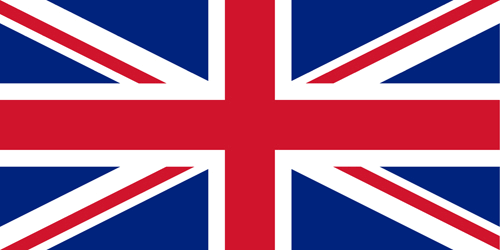 EN
EN 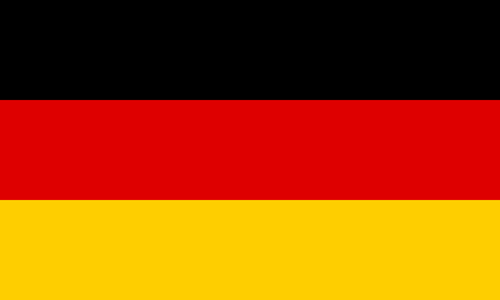 DE
DE 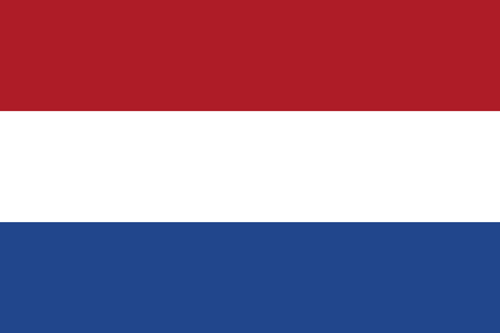 NL
NL  TR
TR 

